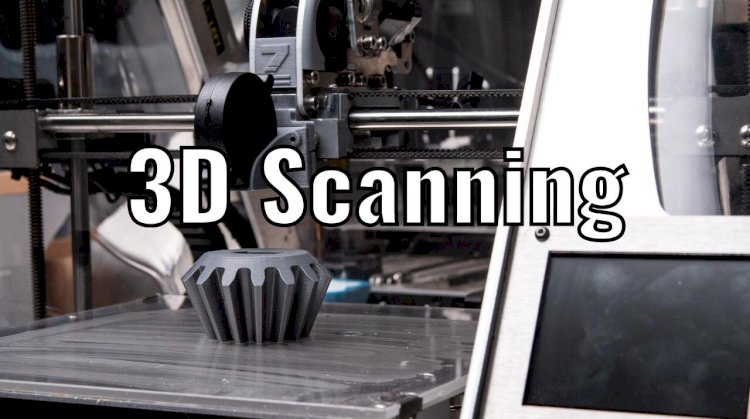3D Scanning & Printing
In the modern era, technology continues to push the limits of what we are able to achieve. The 3D printer is one prime example of this phenomenon.

3D printing is exactly what it sounds like, which is the ability to print 3-dimensional objects with a printer rather than the standard 2-dimensional objects we've been using for the last few decades. This article will seek to explain how 3D printing and scanning works and the various ways in which new products can be produced and old products enhanced. For 3D scanners, there are a lot of diverse applications that can really revolutionise the way you or your organisation works. Read on to find out how this useful modern technology miracle can have a positive effect.
Planning
When trying to 3D scan one of the most significant things to consider is to plan ahead so that you do not encounter any pitfalls along the way. Spending time considering points such as software choice, product choice, and the overall logistics of this endeavor should be included in this planning stage. You can ensure that you can have on hand whatever item you choose to scan and that it is compatible and suits your 3D scanning system as well.
Scanning
One of the key uses of a 3D scanner is to scan multiple available objects in order to reproduce or edit the current schematics of the given object. Similar to traditional scanning, this operates in the sense that your 3D scanner uses lasers and multiple methods to produce a visual image of the object within the applications enabled by your 3D scanner and/or printer. In order to discover the numerous solutions open to you and to get the highest possible value for your buck, experts suggest investigating 3D scanning firms. There are several different variables for various types of 3D scanners, such as their cost, scale, and capabilities. Different models or labels can be more or less desirable, depending on what exactly you need to get out of your 3D scanner or printer, or your budget.
Designing
This method may involve modifying the features of the template, changing dimensions, and even selecting the color scheme. This would help you to build just what you want without having to put a massive variety of settings, save you money and energy in the process. During this point, you should also consult online tools in order to help solve any logistical problems if it occurs.
Printing
When the built object becomes a tangible reality, the next step of the process is the actual printing part. This includes using the object's digital rendition, plus any design modifications you might have created or to create a 3D object. There are various types of materials used by different 3D printer varieties, so make sure you have the right materials in the correct amounts on hand.
Tweaking
The time to analyse how effective the object is after printing. This may include a variety of different tests to ensure that it is sufficiently durable and serves its intended purposes. You should make tweaks on the original design within the programme based on the kinds of problems you encounter, in order to strengthen and fix any potential design pitfalls. This should encourage you to build better and more accurate models for the best results.


 Local BangaloreTeam
Local BangaloreTeam 










